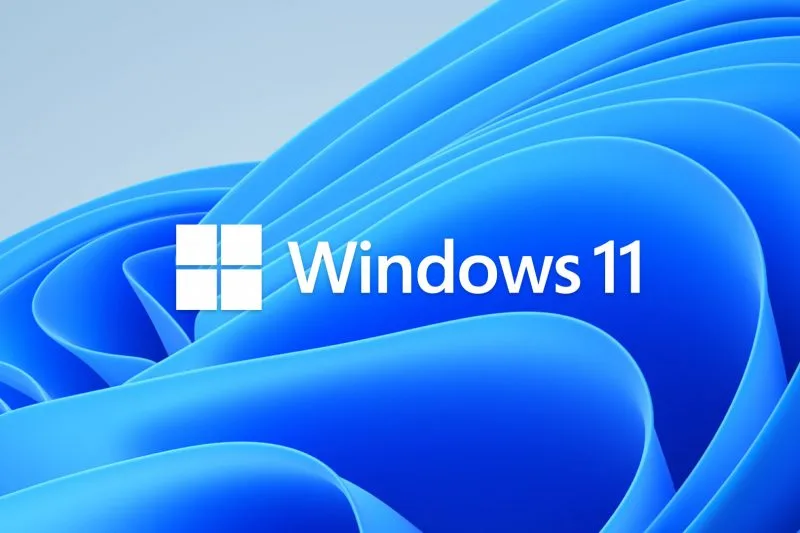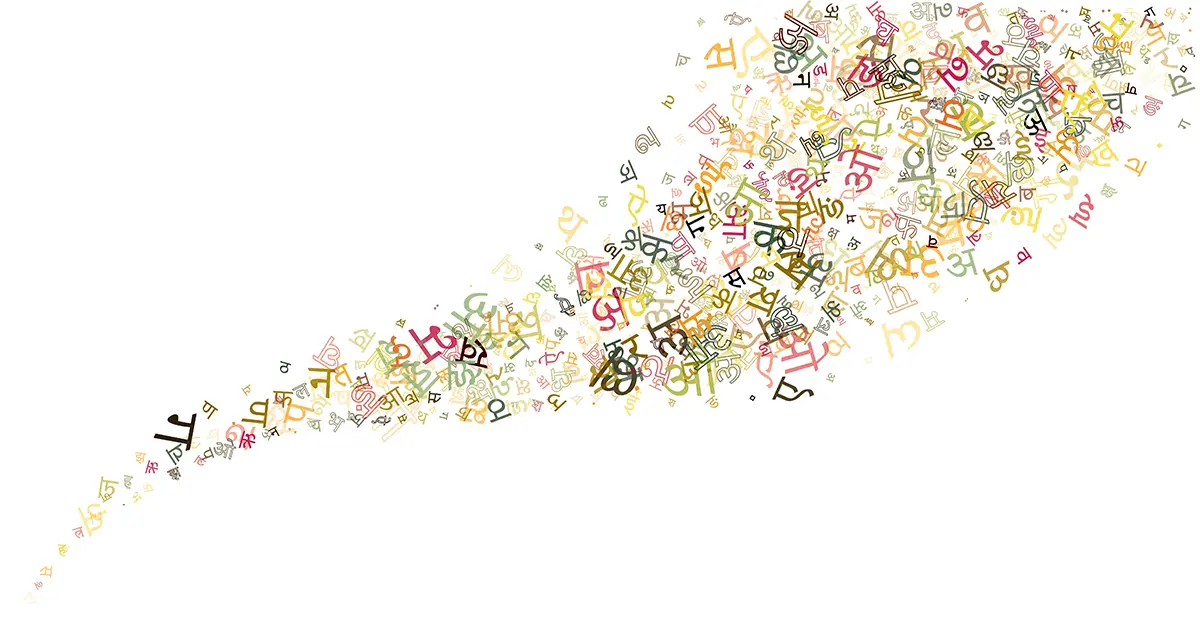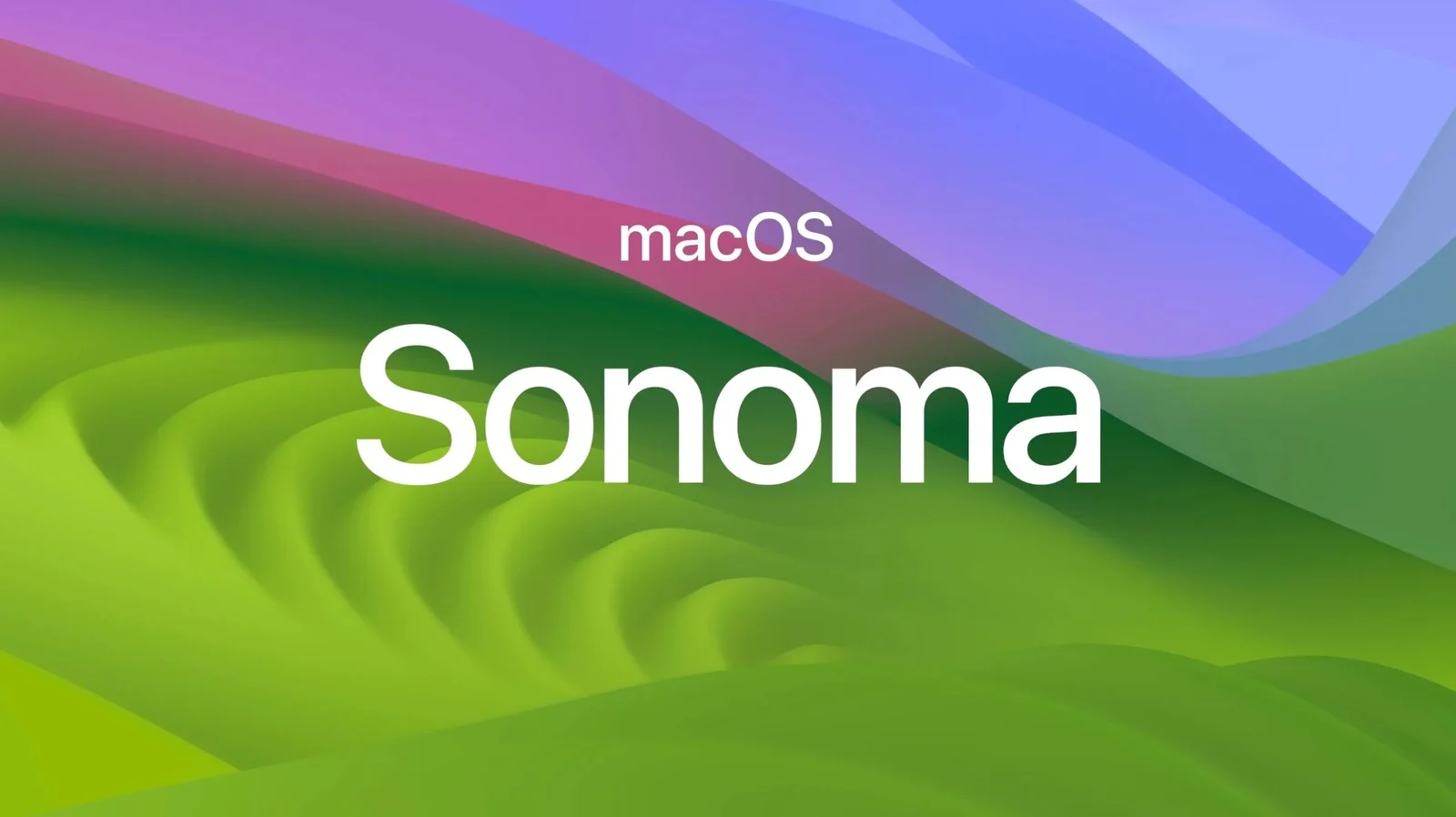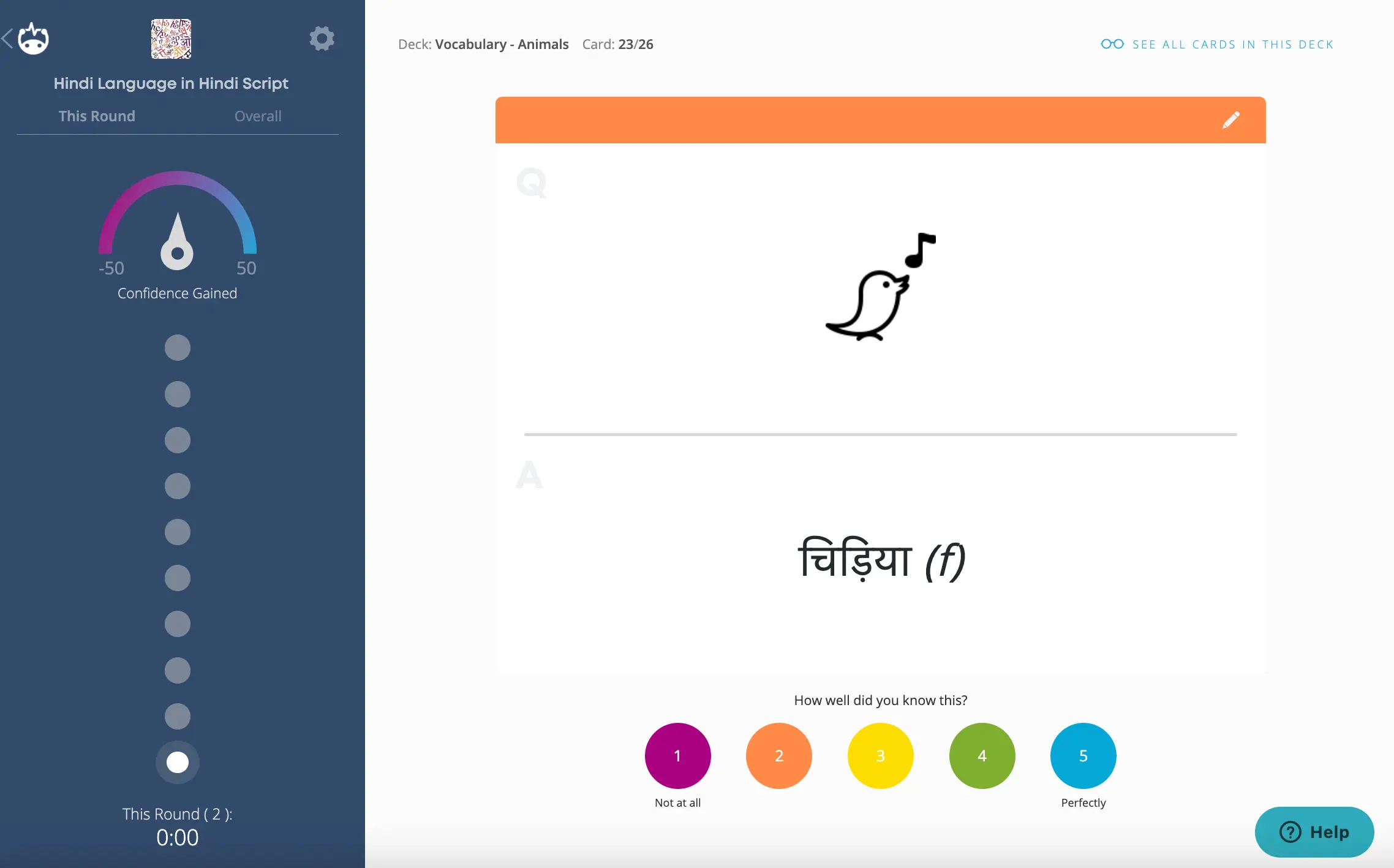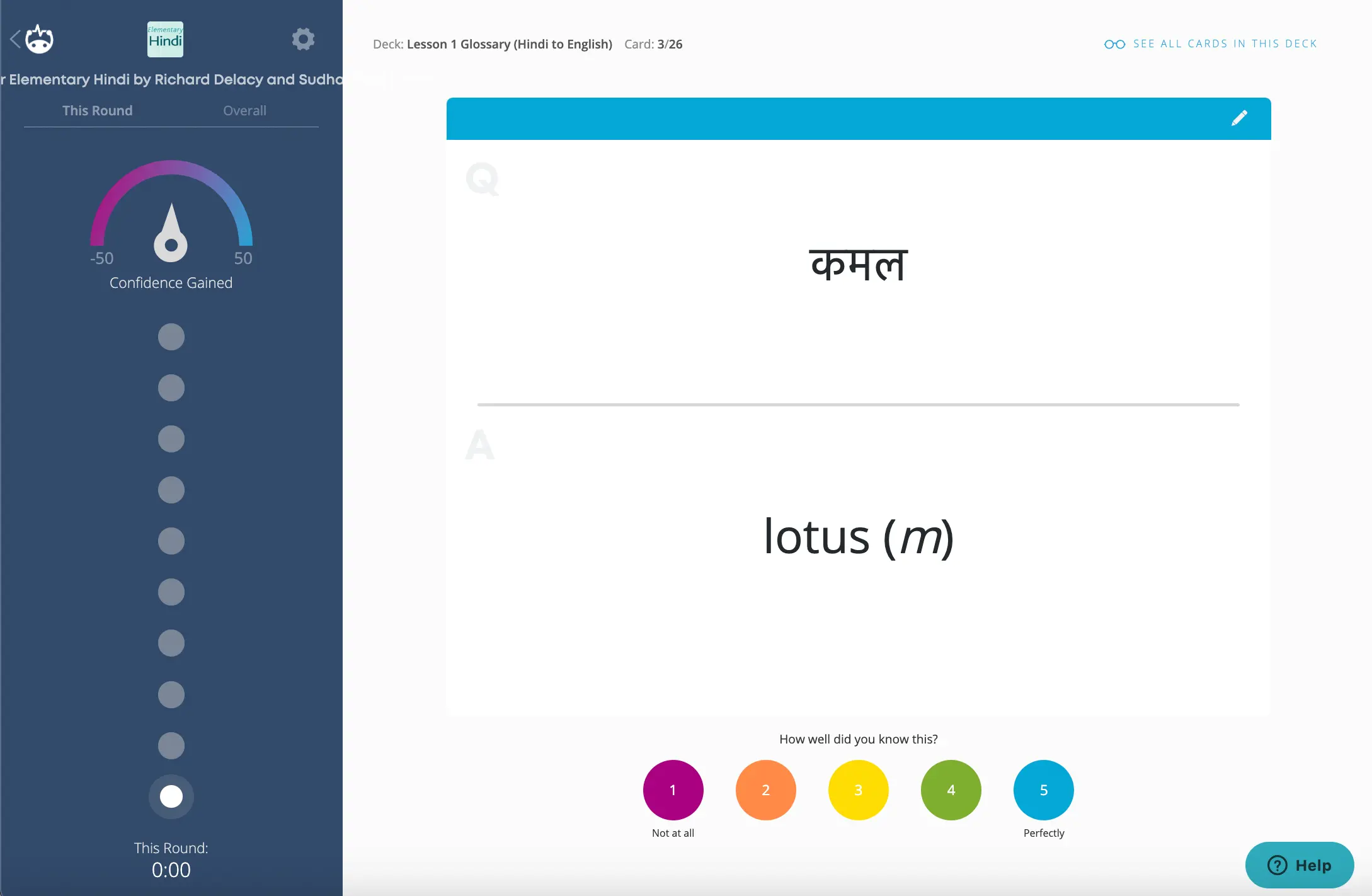There's perhaps nothing more intimidating for a basic-level language learner than staring at an unknown script with the prospect of having to master it. At first, it appears complex, mysterious, and utterly alien. If you're like most learners, it's difficult even to imagine being able to put it all together, let alone read with any degree of fluency. And so, naturally, you might resist learning the Hindi script and feel like skipping over it altogether and using the Roman alphabet to represent the Hindi sounds instead.
In this post, I will cover why you should learn the Hindi script and why it is easier than you imagined. With some disciplined memorization work and practice, you can expect to be familiar with all the characters and their sounds within a couple of weeks (faster than that if you're studying intensively), and you'll experience a great deal of satisfaction at having gone from zero knowledge of this writing system to deciphering it.
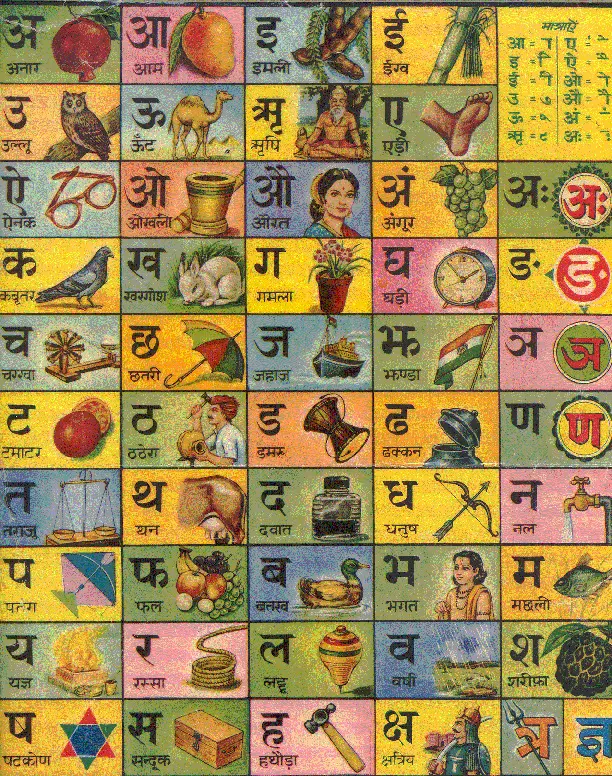
A Brief Introduction to the Hindi Script
The Hindi language is written and represented in a script called Devanāgarī, which is the script that is also used to write Nepali, Marathi, and Sanskrit (among others). Just like English, it is written from left to right. There is one standard way of writing (no print versus cursive style) and just one version of each character (i.e., no capital versus lowercase letters).
Devanāgarī is called a syllabary instead of an alphabet because each character represents one complete syllable.
It's Phonetic (2 plus 2 always equals 4)
When we read English and come across words like colonel or choir, we must know how they're pronounced. We can't necessarily depend on the spelling. And even native speakers of English regularly come across unfamiliar words and have to guess the correct pronunciation.
But, very fortunately for Hindi language students, the Devanāgarī script represents Hindi phonetically, meaning that when you come across a new word, you will know the correct pronunciation, whether or not you know the meaning of the word.
For example, the character आ is pronounced " ā " (as in father).
The character म is pronounced " ma " (as in mush).
Putting the two together, we get आ (ā) + म (ma) = आम (ām), which means mango as a noun or common, ordinary as an adjective. Note that we have dropped the "a" sound at the end of the म (ma) because the "a" consistently gets dropped at the end of a word.
When reading Hindi, आम can only represent ām and nothing else. It's spelled exactly as it's pronounced in spoken Hindi. Whether or not you know the meaning of आम when you read it, once you're familiar with the script, you can read it and pronounce it correctly.
Knowing Devanāgarī Is Good for Pronunciation
As English speakers, when we read a t or a d, we've been trained to create a ("stop consonant") sound produced with our tongue right around the alveolar ridge. In Hindi, there are two different kinds of t and d sounds (dental and retroflex), neither of which exactly matches the English t and d. Within the Roman transliteration system used to represent Hindi sounds, the distinction between the retroflex and dental versions is made as follows:
ट = ṭa (retroflex)
त = ta (dental)
ड = ḍa (retroflex)
द = da (dental)
So we can see that retroflex sounds have a dot beneath them in the Roman system, while the dental ones do not. And this system does work: it can accurately represent all of the sounds of the Hindi language.
But, again, when we read the Roman letters, our brains often revert to the non-Hindi versions of the sounds (the ones we're accustomed to). When we learn Devanāgarī, on the other hand, we practice the correct Hindi pronunciation along with each character, and our brain can naturally better associate that new sound with the new symbol.
Knowing the Script Opens up a Whole World
A few Hindi language learning materials (usually of somewhat dubious quality) have been written in Roman letters. Some language learning books use Roman letters in the beginning chapters to ease students into learning the script. But the vast majority of language materials are written in Devanāgarī. So unless a teacher is willing to transliterate materials for the student into Roman (!), by not learning the script, that student will miss out on the best resources.
Of course, if you live in north India or ever travel there, learning the script is very practical, too. Outside of the largest cities, you'll find that most road signs, schedules, menus, etc., are written in Devanāgarī.
I often try to explain to students that once you're over that initial hurdle of memorizing the characters and putting the pieces together, you'll quickly progress to a point where you don't want to read a Hindi word written in Roman because its Devanāgarī version feels more exact and correct, somehow. As a language teacher, I'm comfortable using the Roman script to represent Hindi. But when I see a whole Hindi paragraph written in Roman, it throws me off a little and takes more of my mental energy to read than the Devanāgarī representation would.
So, in conclusion, my advice is to jump into it, knowing that knowledge of the script will help your pronunciation, be very satisfying for you as a learner, give you access to learning materials, and enrich your world.

